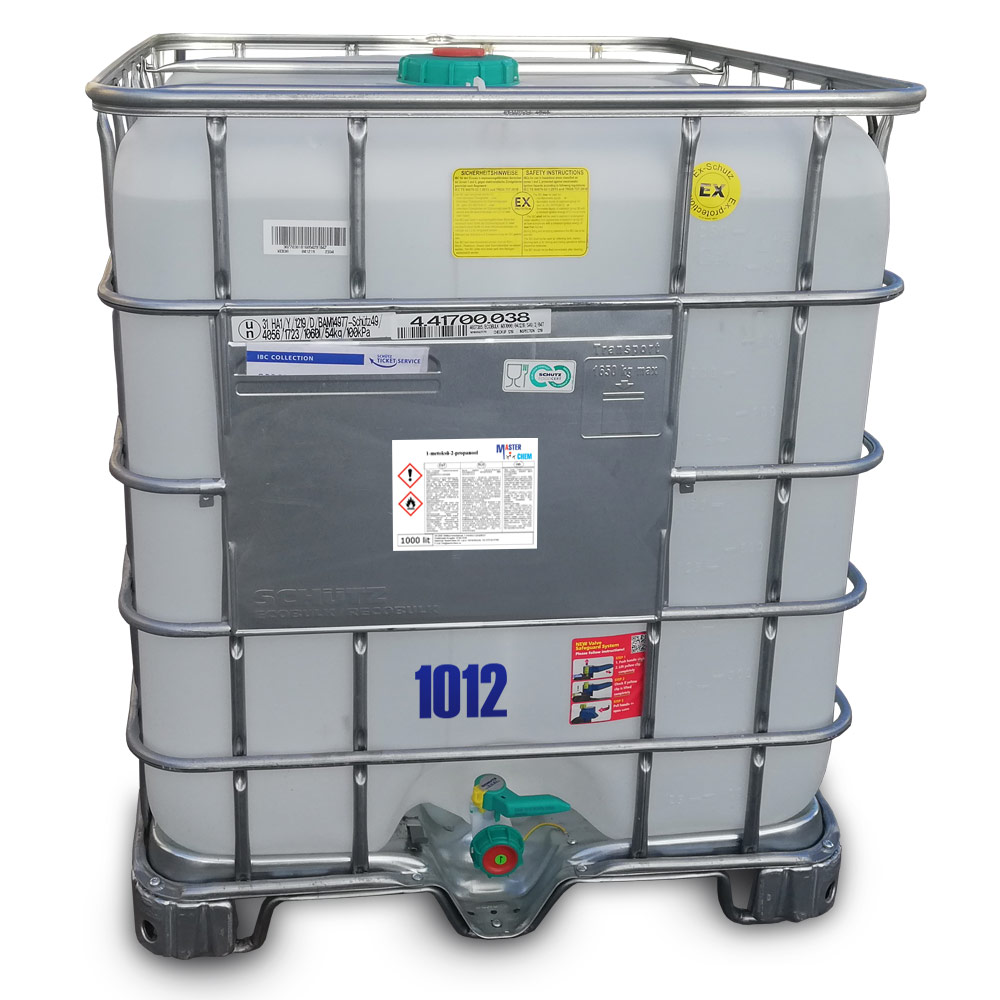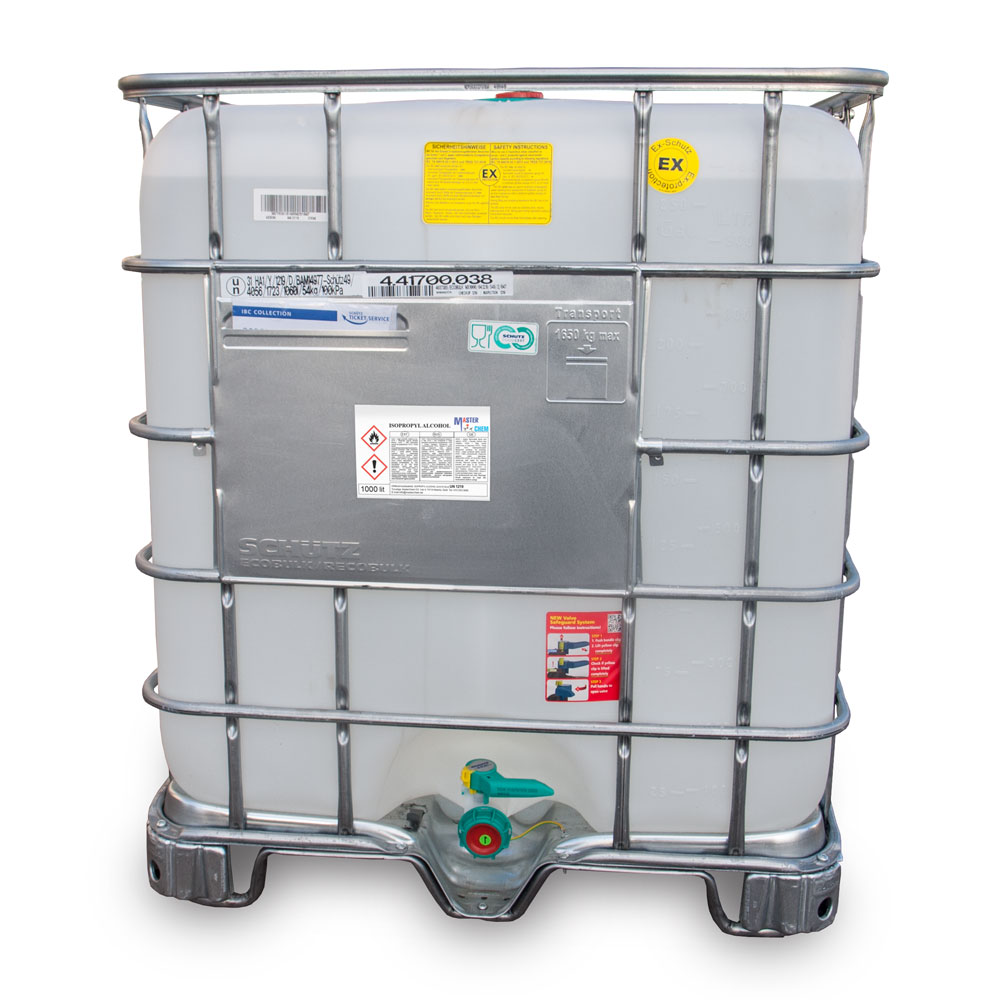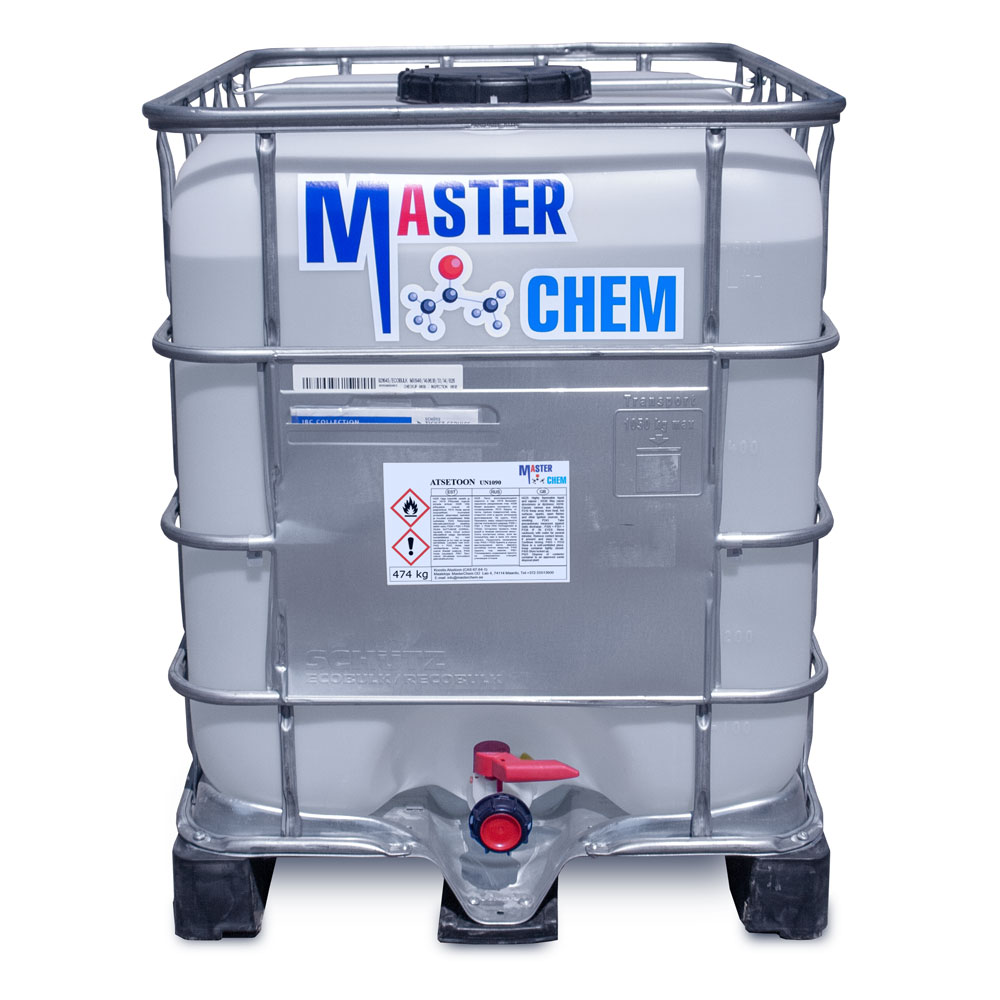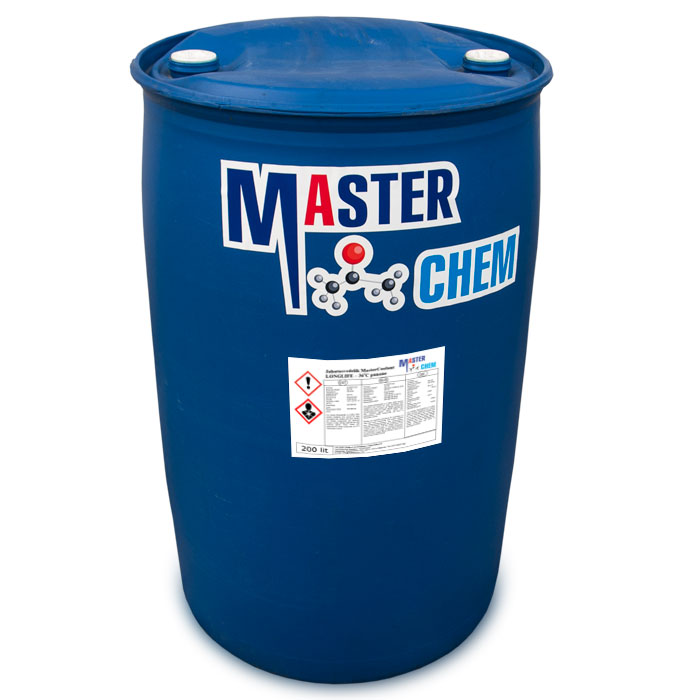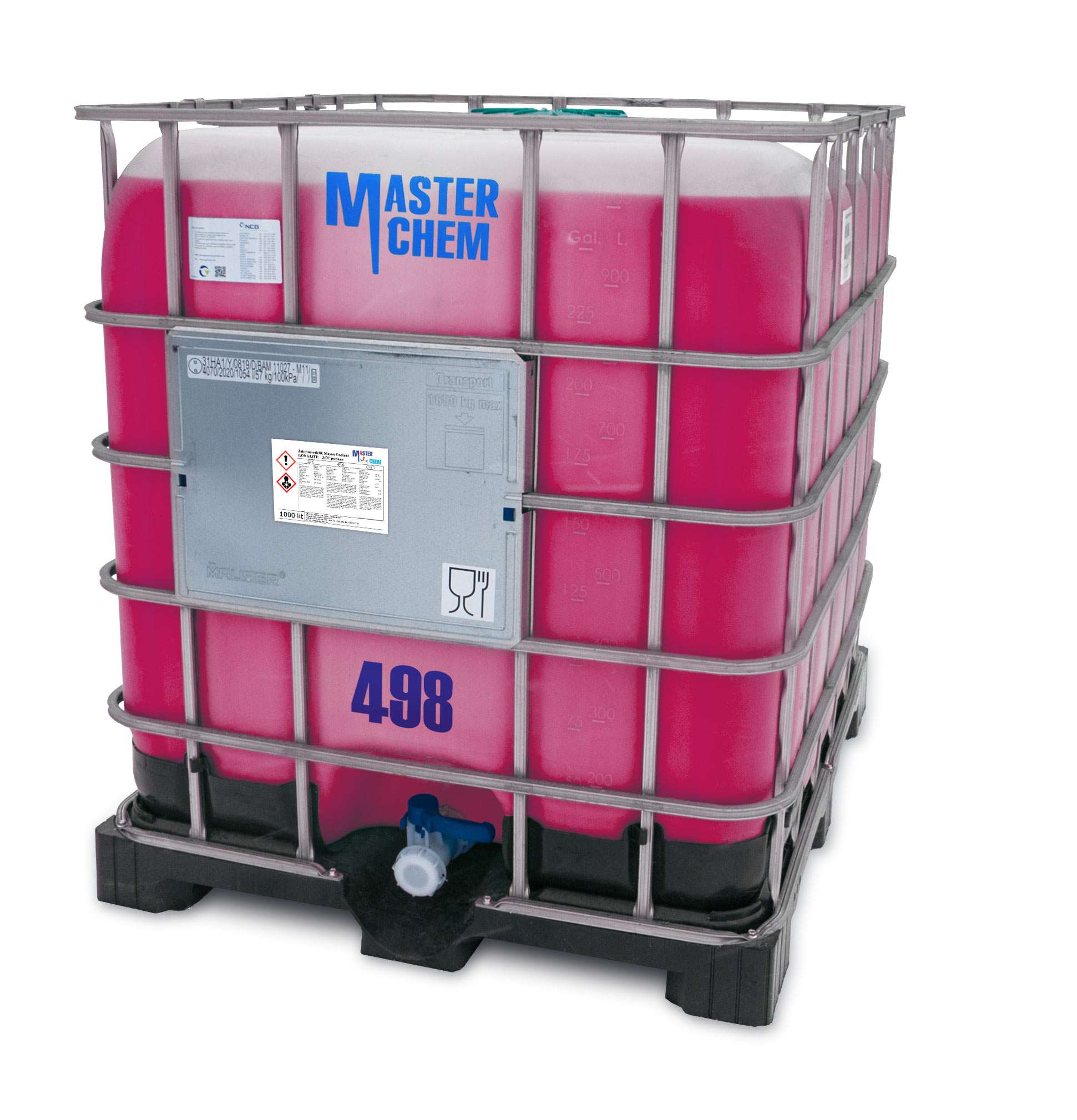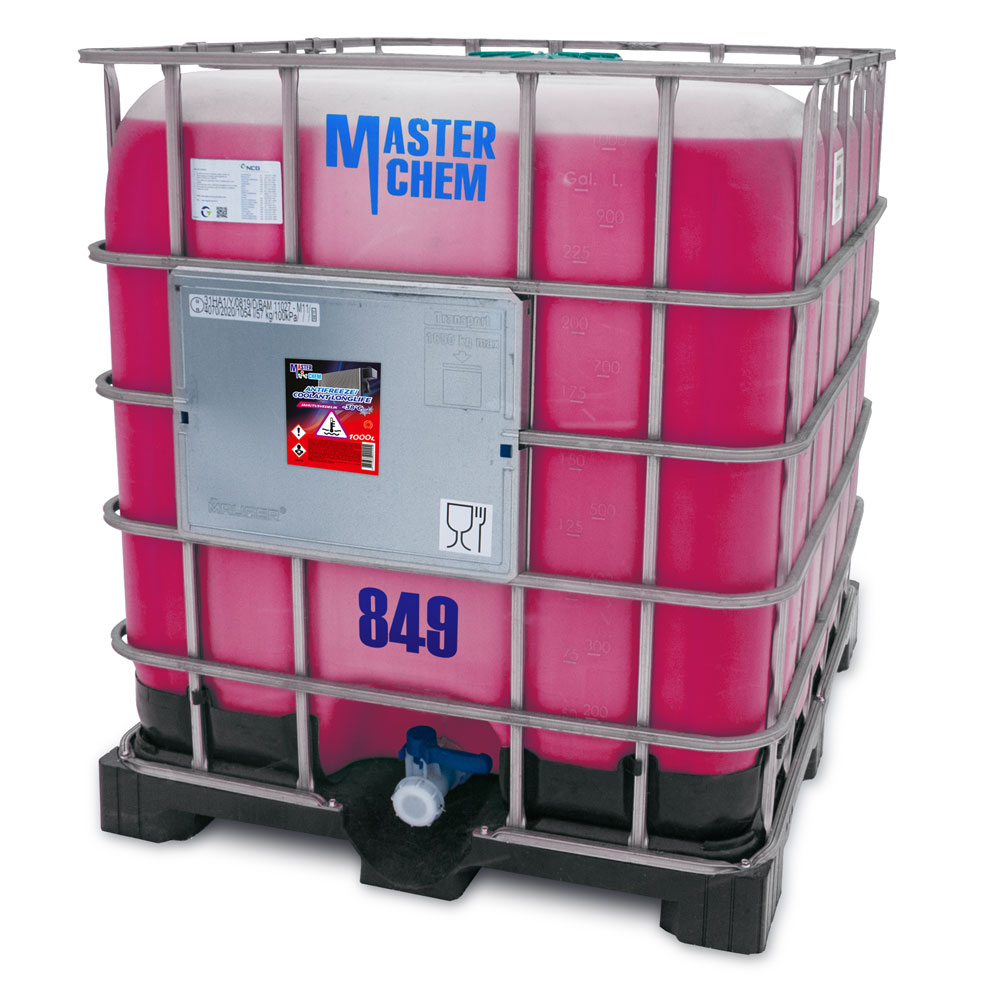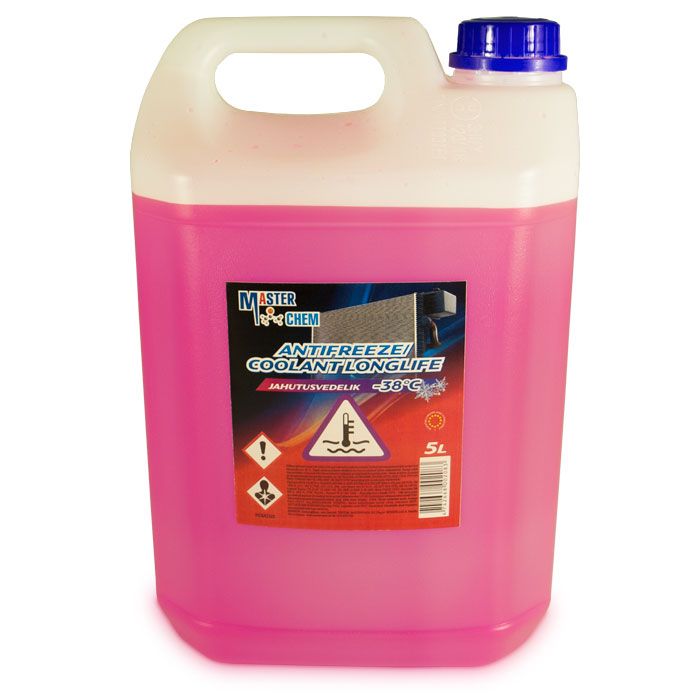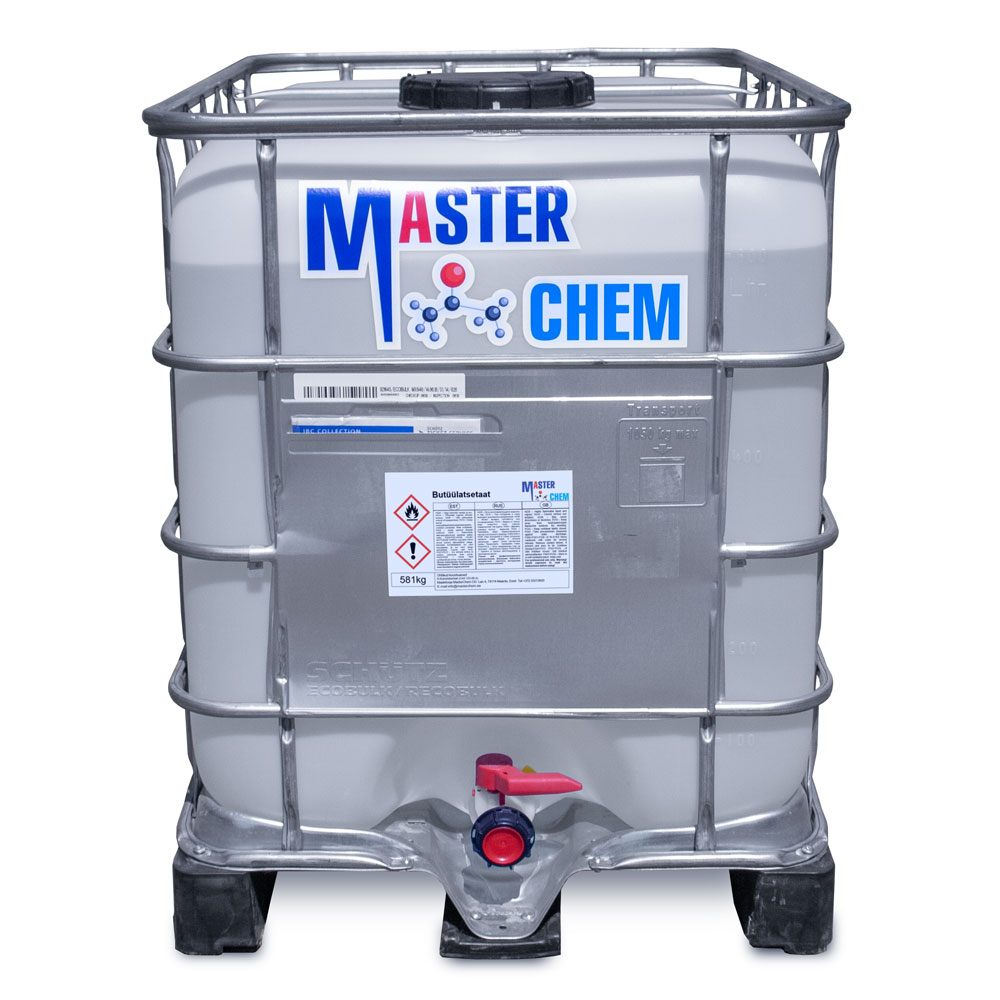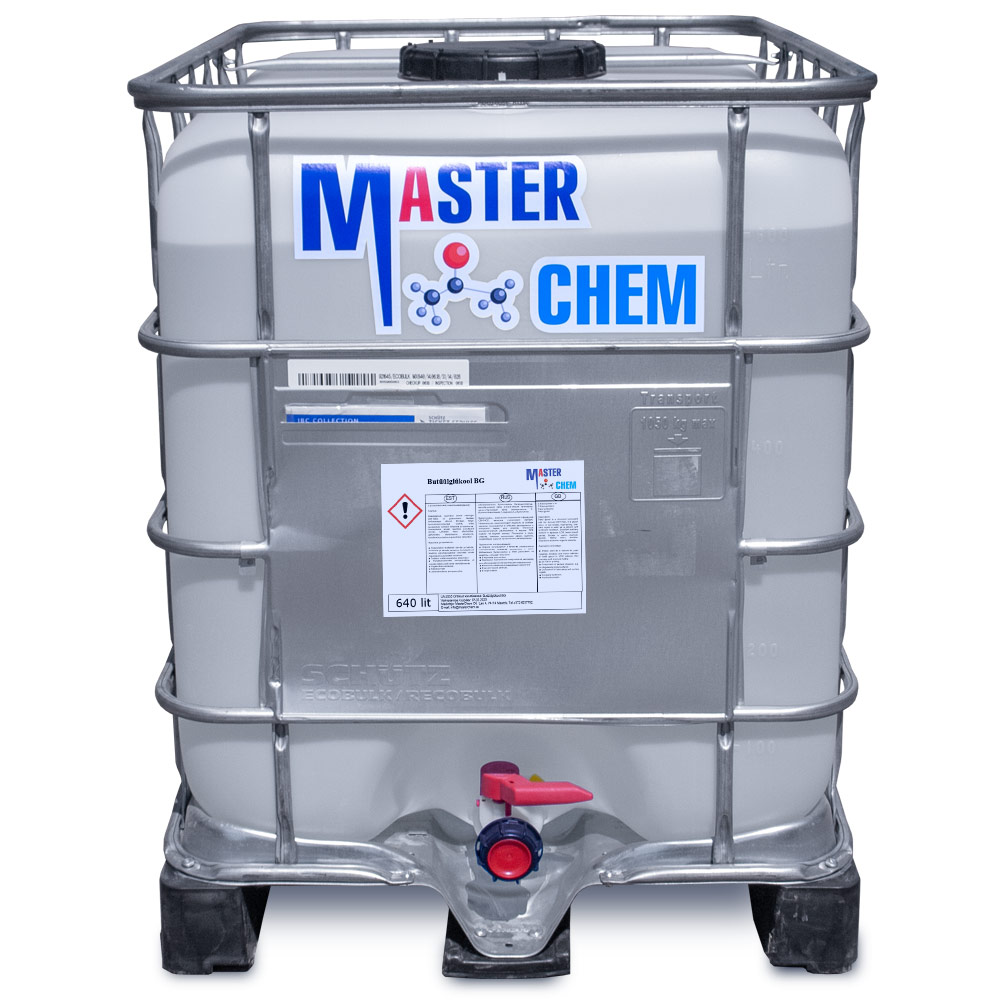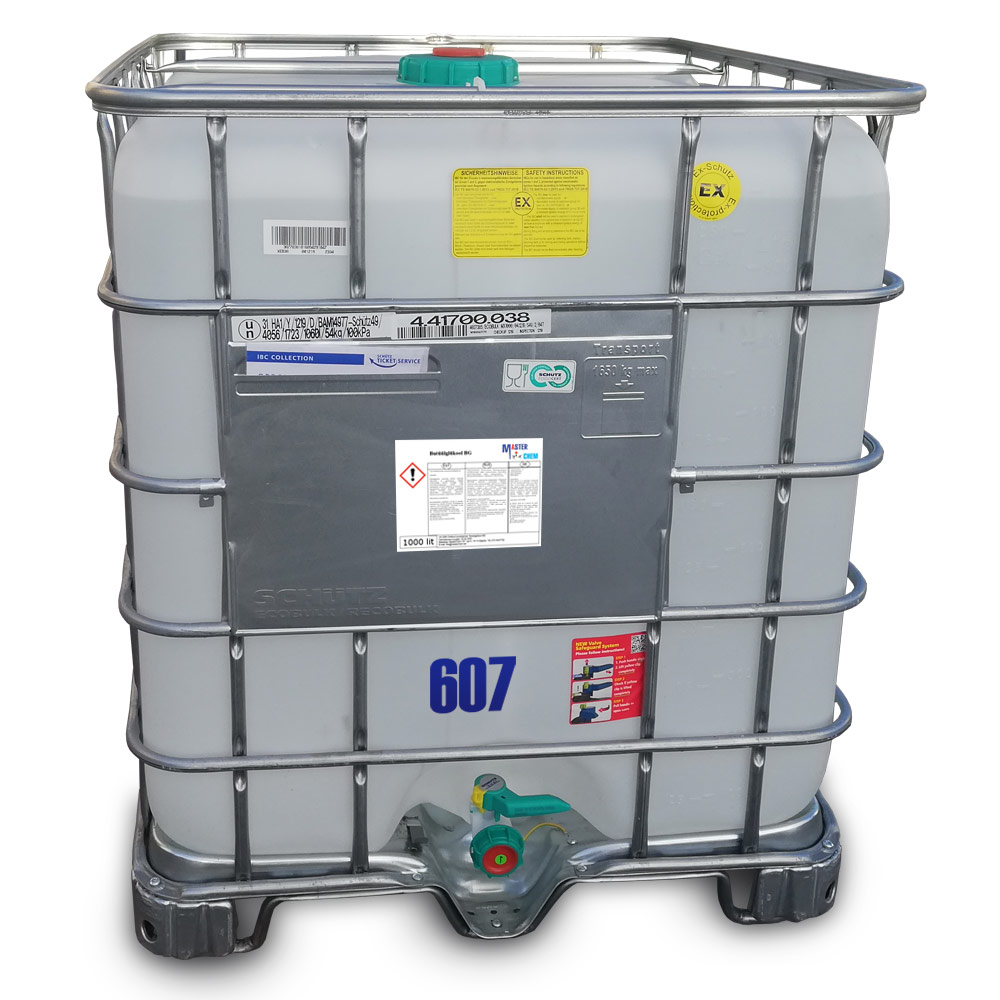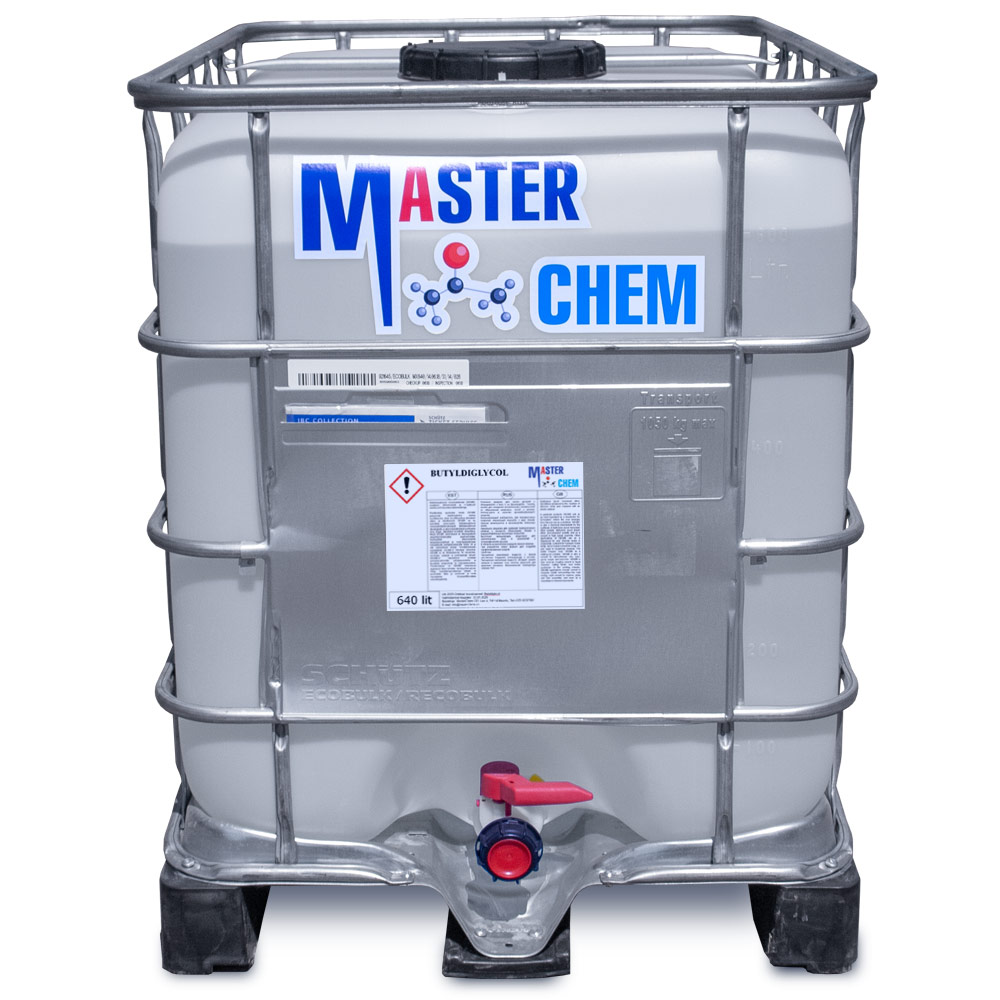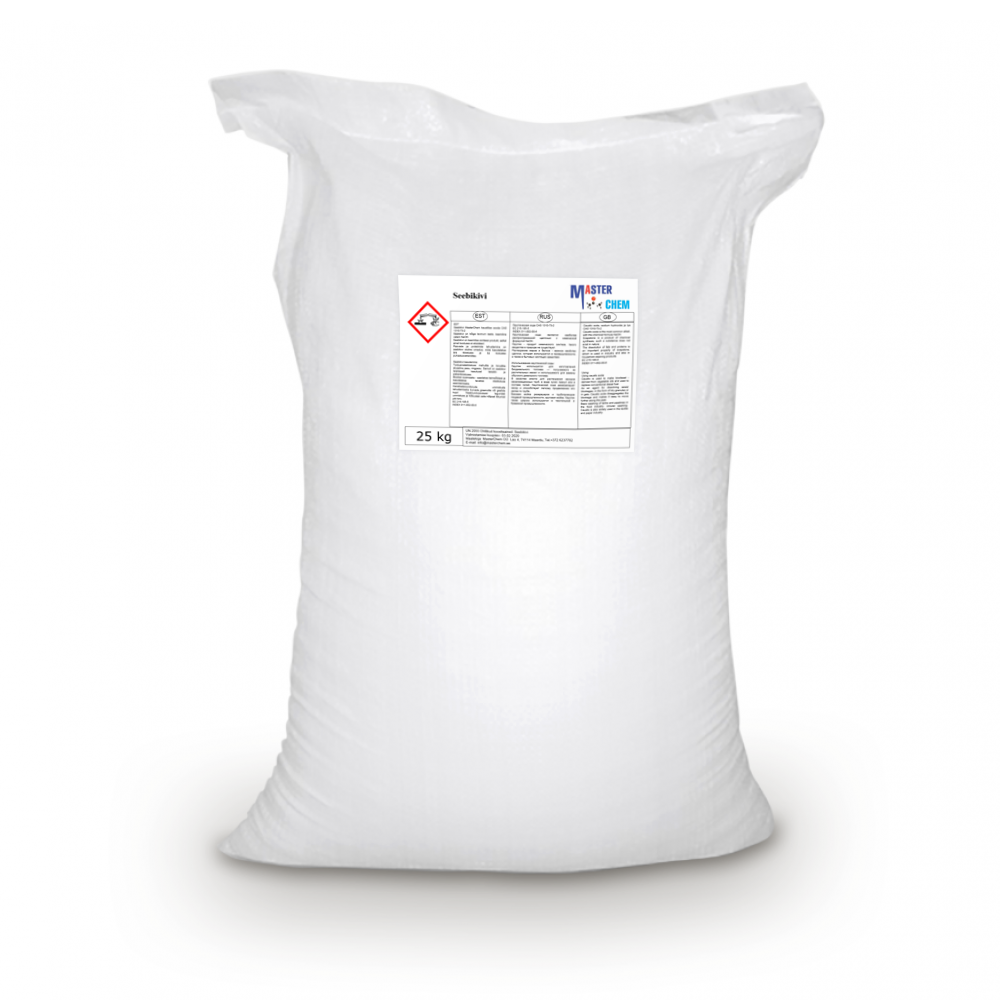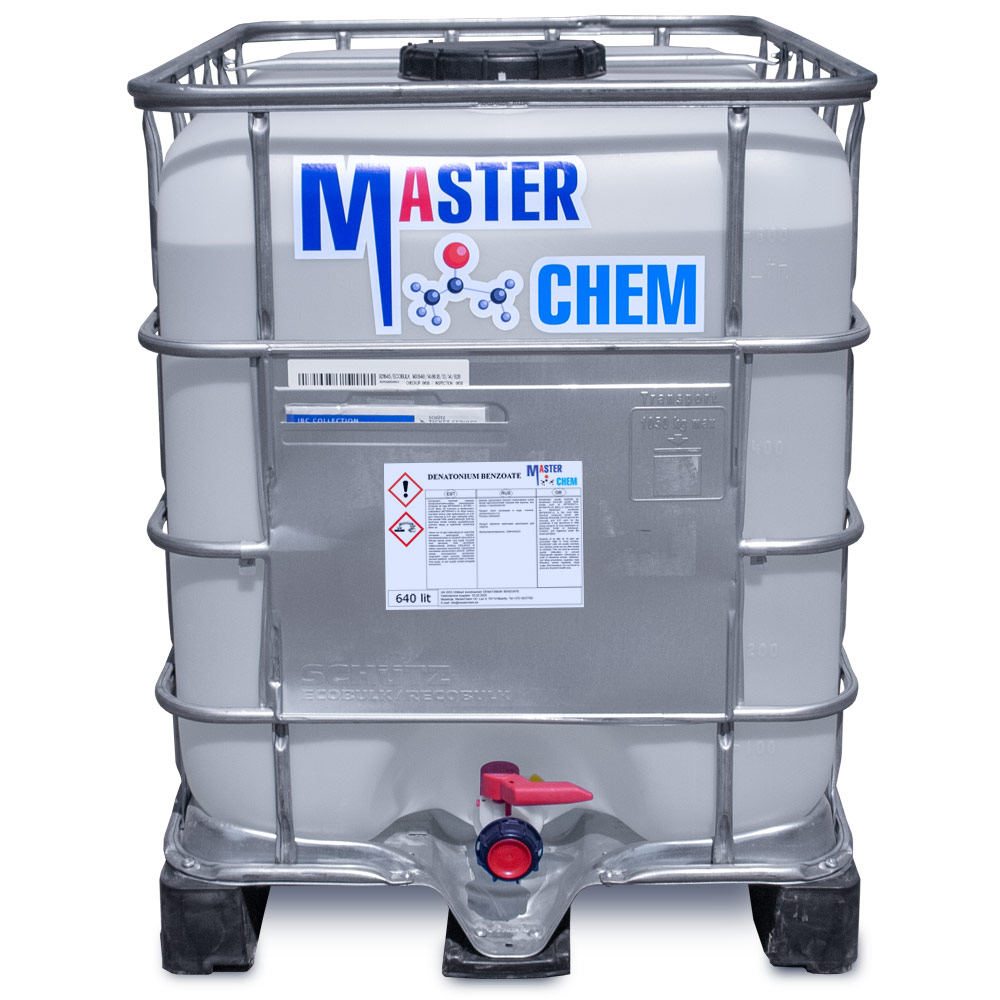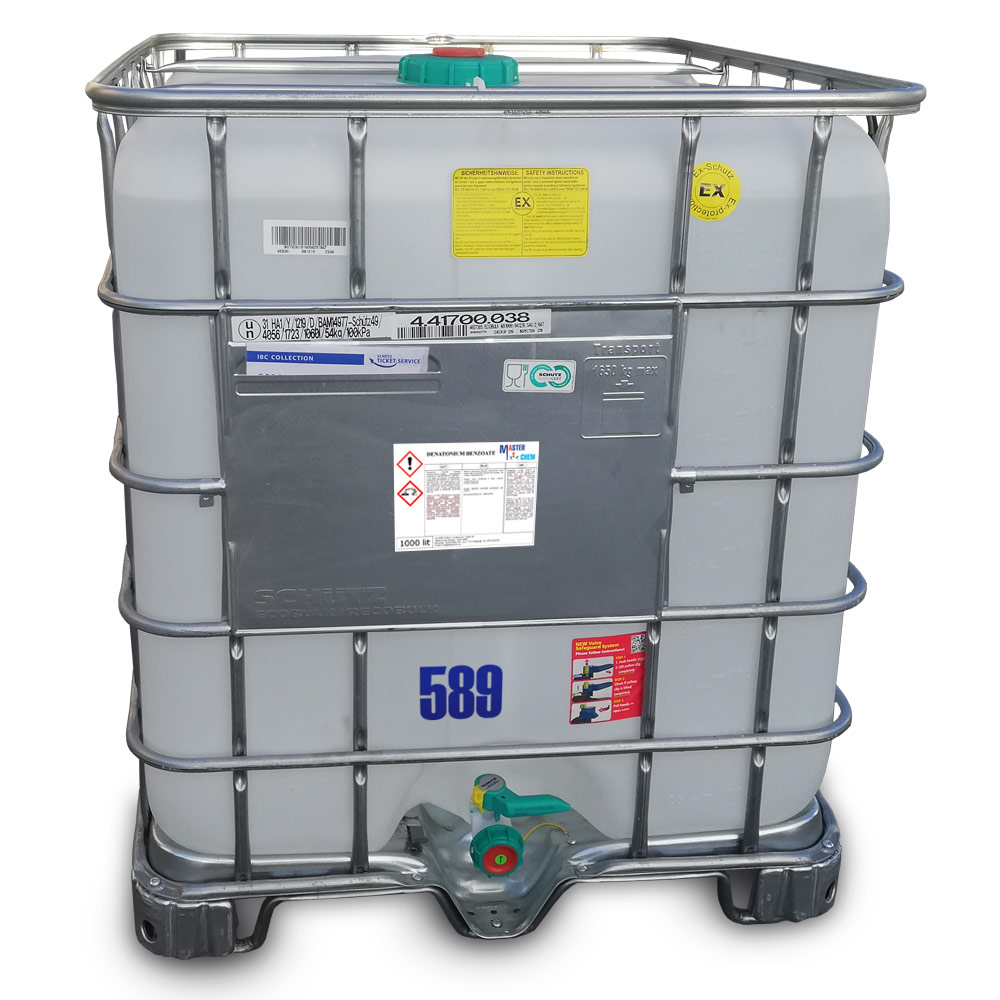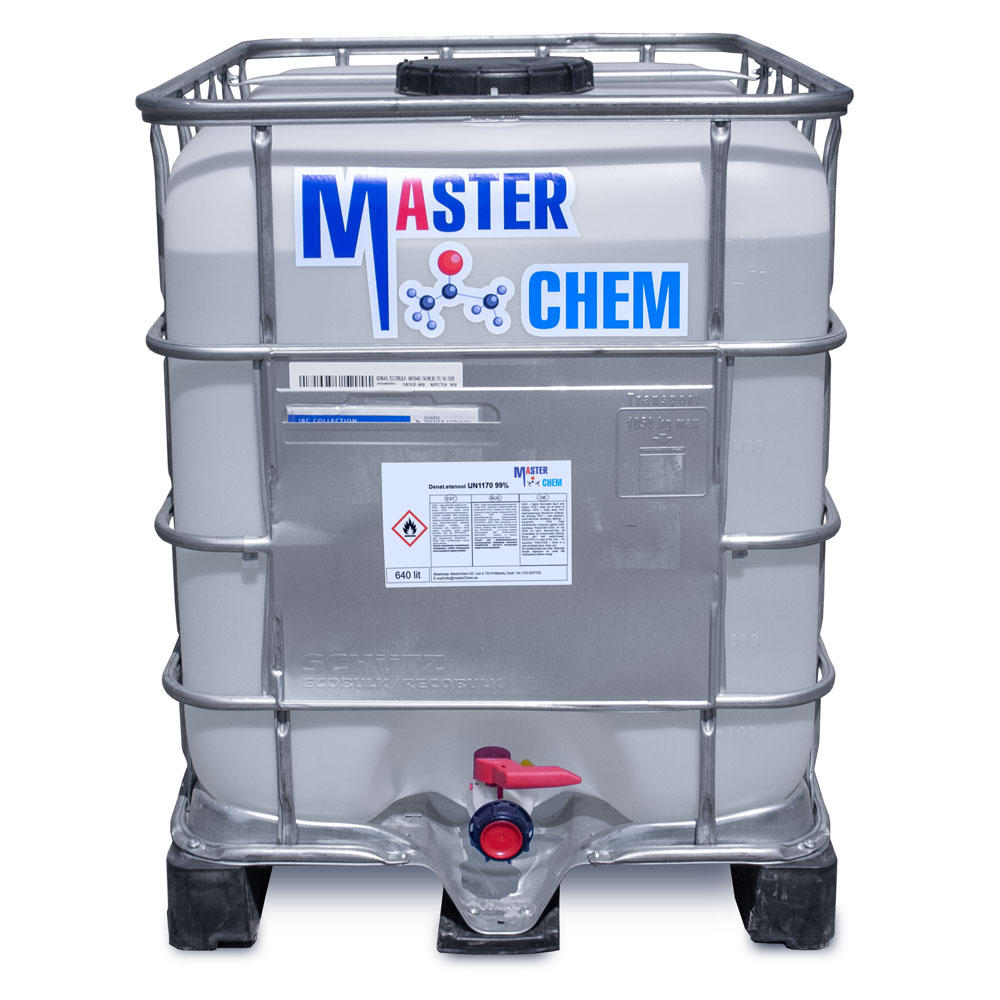Currently Empty: €0.00
1-Methoxy-2-propanol (CAS 107-98-2)
Other names: 1-methoxy-2-propanol, methoxypropanol, propylene glycol monomethyl ether
Description:
Methoxypropanol is a colorless, water-miscible liquid with a mild alcohol smell and medium volatility. Methoxypropanol mixes well with water and other organic solvents, dissolves many organic substances well, methoxypropanol can act as a substitute for many glycols (E-series).
Methoxypropanol is used as a solvent for printing inks: it provides good solubility for a wide range of resins, including acrylic, epoxy, alkyd, polyester, nitrocellulose and polyurethane.
CAS: 107-98-2
Butyl glycol BG (CAS 111-76-2)
2-Butoxyethan-1-ol, 2-Butoxyethanol, Butyl cellosolve, Butyl glycol, Butyl monoether glycol, EGBE (ethylene glycol monobutyl ether), Dowanol EB, Bane-Clene, Eastman EB solvent, BH-33, industrial cleaner, Solvaset, 2-BE, EGMBE, Butyl oxitol, Ektasolve, Jeffersol EB
Description:
Butyl glycol is a chemical compound with the formula C6H14O2, is a glycol ether. A low-volatile, high-boiling, low-odor liquid is used as a solvent and synthesis feedstock. Excellent auxiliary solvent in aqueous LCM (water-based paints). Soluble in water, alcohols, glycols, diethyl ether, acetone, chloroform and other organic solvents.
Caustic soda (CAS 1310-73-2)
Caustic soda, sodium hydroxide ja lye CAS 1310-73-2
Caustic soda is the most common alkali, with the chemical formula NaOH.
Soapstone is a product of chemical synthesis, such a substance does not exist in nature.
The dissolution of fats and proteins is an important property of soapstone, which is used in industry and also in household cleaning products.
EC 215-185-5
INDEX 011-002-00-6


